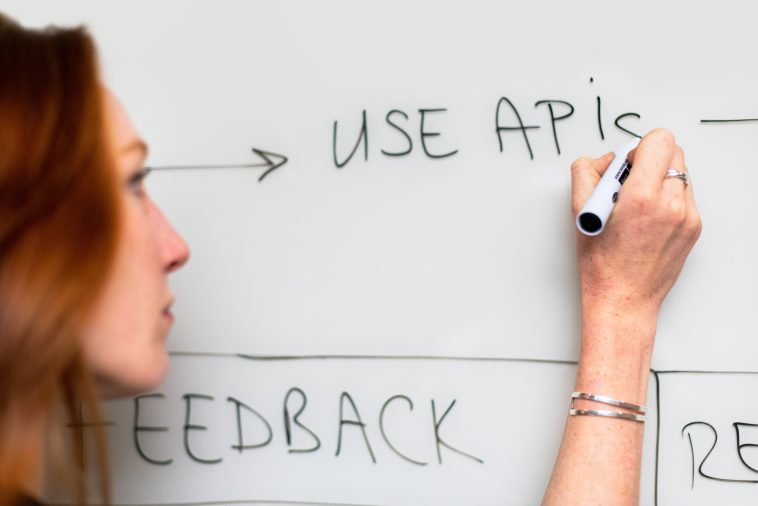APIs are what allow us to communicate with applications and get access to the information, service, or products we want access to. They also allow different applications to communicate seamlessly with each other. Without APIs, we wouldn’t have the interconnectivity we have today, and the internet would be largely useless.
For the longest time, APIs were developed as a by-product of an application, and this came with many issues. One of them was that the API was inseparable from the applications they were created for. This can complicate communications between different applications and make your business more vulnerable while being less performant. Let’s take a look at some of the benefits of using an API-first approach when developing applications.
Work with Interconnectivity in Mind
One of the benefits of building with an API-first approach is that you could have one single API that manages communications between the main apps that you’re using. This will make transactions and requests to and from different applications much easier. It will also reduce the chances of errors.
Parallel Development
Another benefit of API-first design is that you can have different teams working on applications on both sides of your API without them having to wait for your application to be updated. Dev teams can mock up your API and start testing different dependencies. This could eventually increase efficiency and productivity.
A well-thought-out API will ensure that your product gets to market much easier too. Developers will enjoy working on an API that is consistent and will even be able to bring outside developers into the project seamlessly. This is why API first design should be a priority if you expect to have many different applications built for your business in the future.
More Stability
Having different applications all with their own APIs communicating with each other leaves the door to all sorts of failures. All it takes is for one API to be poorly programmed for your whole chain to suffer. It could even result in critical failures, data breaches, and loss in some cases. You could also lose many clients because of one bad API, even if it’s on a seemingly minor application.
Better User Experience
But one of the areas where using an API-first approach could be especially beneficial is when it comes to user experience. A checkout error could be enough for a person to never come back again and using an API first approach will prevent many of these issues from happening. If you want to know more about the benefits of an API First approach for user experience, you should check out what Kong HQ has to say about it.
API development tactics can get pretty complex, but if you don’t know which way to go, it could be a better idea for you to privilege an API-first approach. The developers you work with will love you for it, your customers will love their seamless buying experience, and you’ll save a lot of money on development in the future.




